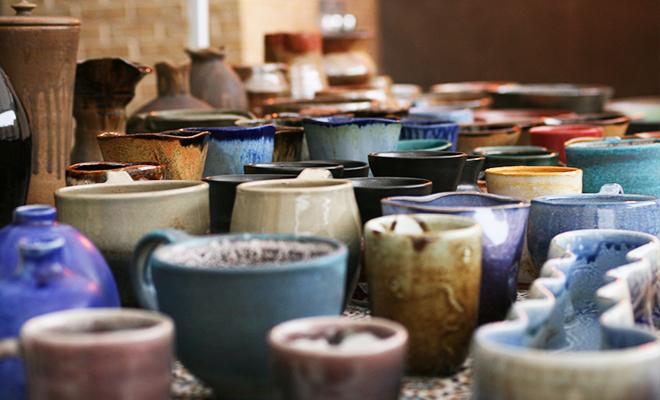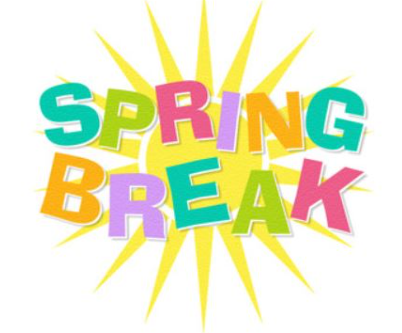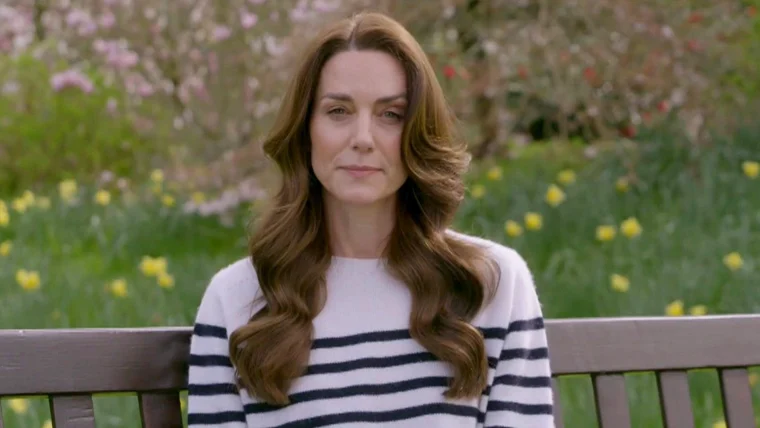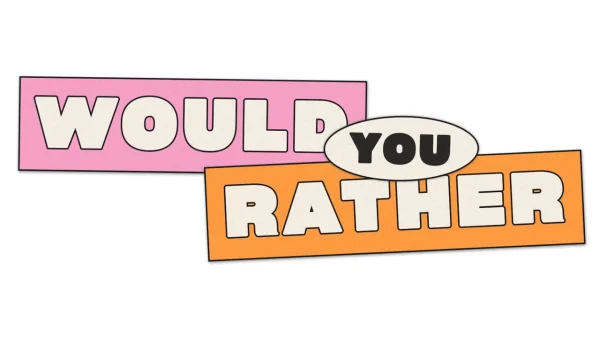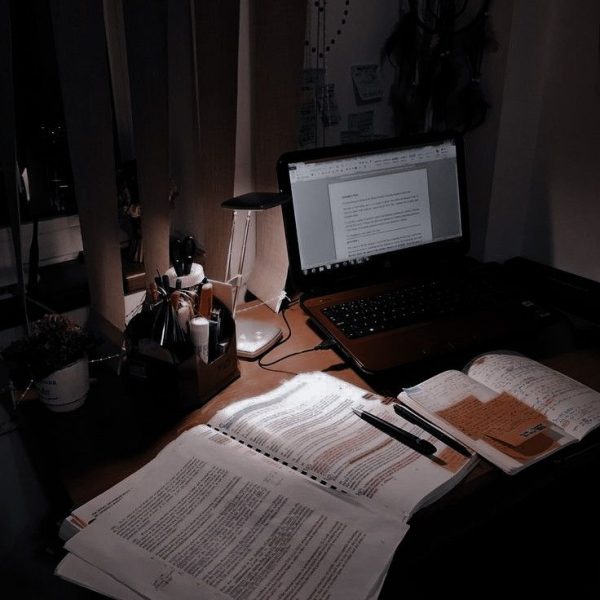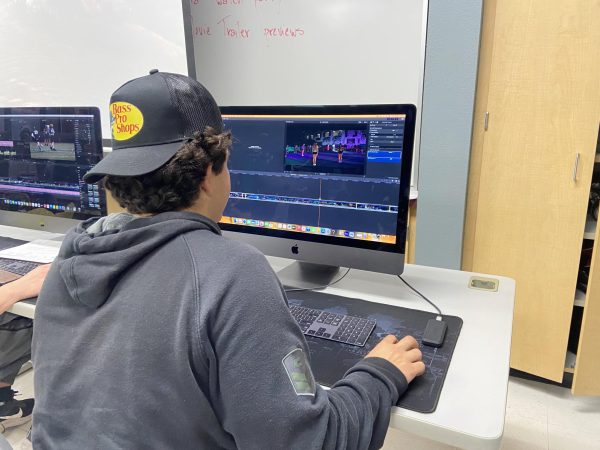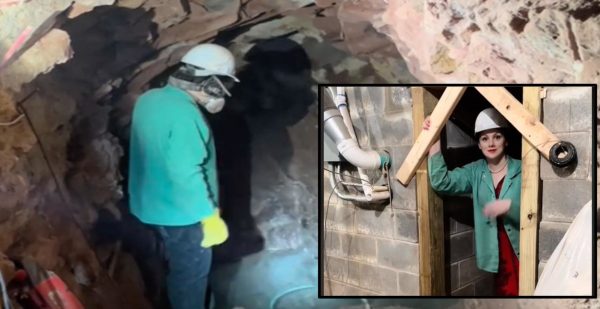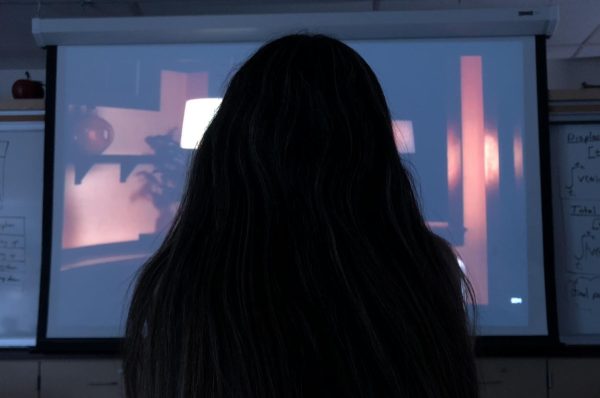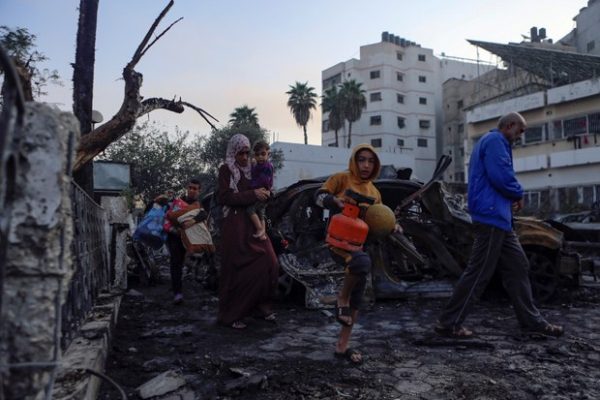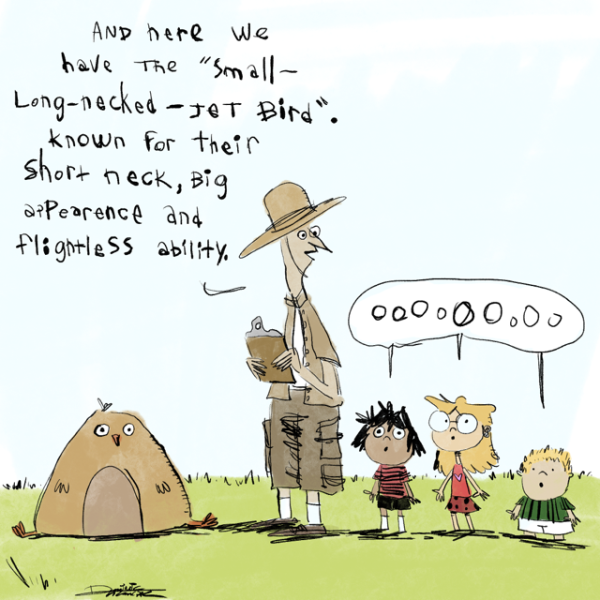Ceramics
April 21, 2017
At Santiago High school, there are a wide variety of excellent art classes in which students can express their creativity. One of these courses is ceramics, a class that gives all students of all grades an opportunity to craft their own creations. Mr. Auksztulewicz, also known as Mr. A, the ceramics teacher, started this program 4 years ago and continues to teach it to this day. Thanks to Mr. A, many students have been able to display their unique styles for only $20 per semester. The staff writers of the Shark Attack newspaper were lucky enough to get an interview with Mr. A in which he assisted us in better understanding the course itself and gave us a behind the scenes look on how the class runs.
The students craft their assigned pieces out of various types of clay- even porcelain. Before the process begins, students look into the rich history of the certain ceramic styles and gain some background knowledge to further comprehend what is being crafted. Students learn to throw on pottery wheels and use tools to engrave designs. Students gain the freedom to create what they have drawn up in class, while still following historical guidelines. The pieces take around a month to fully be completed. In order for a piece to be properly completed, students must follow a specific procedure. After the piece is thrown on the pottery wheel and molded to the desired shape, the tedious process begins. The project first must be prepared and set out for “dry time” which takes up to 2 weeks. Once completely dried, the piece undergoes bisque fire, and then a glass coating is applied, otherwise known as glaze. Then, the second round of bisque fire is given at 2,400 degrees Fahrenheit in a kiln. 48 hours must be waited before the piece is taken out of the kiln. Once the time has passed, the item is complete. This may be a lengthy, time-consuming process, but with patience, comes reward. For the full interview with Mr. Auksztulewicz and more information on the class and himself, see below.
What is ceramics?
“The craft of risk, because you take a risk every time you try to make something because for the most part things don’t work out the way they intended and so you are really taking a risk by even attempting it.”
What do students usually do in this class?
“We build and projects using various types of clay and at times porcelain, and pottery wheel in which we thrown projects, which is what we are doing now.”
Is money raised for this class and if so, how?
“We have a club called “The Mud Sharks”, and in the past, we have had ceramic sales, where we have sold student work to raise money for the club.”
What are the steps in creating an item?
“First, you take notes on the procedures, and then you look at the elements and principles of art for background information about which elements and principles are used in each project. After the notes, we look at the procedures step by step on how to make the project. You get a little bit of background as far as the history of the types of project you are going to be making, what part of the world it is relevant to, as far as history. This is because ceramics has been part of the human history of every country for the last 16,000 years or so. So, you can find artifacts all over the world of people using vesles all the way from containing grain to containing water to the human remains. So first, those things are introduced and the textbook that we use explains it more in detail about what actually took place and how that building technique came about. After the notes and background, students get to practice on their own by actually trying to build that project, whatever it may be.”
What is the hardest thing about this class?
“The hardest thing about this class is to stick with it, because you live in a time of constant distractions. Just the other day I saw someone try to throw on a pottery wheel and they had their phone on their lap. They were trying to send a text message with one finger. So, the division of attention tends to get in the way quite a bit because this takes a lot of focus to make something that is of higher quality. So that is the biggest challenge basically, to focus, unplug, and turn off everything else and just focus in here for about 90 minutes.”
How long does it take to create an item?
“It takes up to a month because first, you start with raw materials which are basically the clay that you are using and the glazes come later which is basically powdered glass that you apply to your project. So after you make the project, there is the dry time for all moisture to escape from the clay into the atmosphere. That takes up to two weeks depending on how thick the clay is. Then after that, there is fire for the first time, that is called bisque fire. After the first firing, you apply the glass coating and then there is the second high temperature firing at 24oo degrees and by then, the clay matures and the glass coating because fused to the clay. Then it takes an additional 48 hours to cool before you can take it out of the kiln. It takes anywhere from 3 weeks to a month to do this process. So, we have simultaneous projects going on at the same time, so they all overlap. Once students are done with one project, they are already started on the next one. There is always overlapping so nobody is really sitting and waiting for theirs to finish.”
How do you use the pottery wheel?
“Well, students first start with a basic shape like a bowl and then move on to a more advanced shape, such as raising walls to make a cup or a small vase type shape. From there, it gets even more advanced, which is a plate, which is what they are trying to make right now. So that is ceramics 1. Ceramics 2, the second year of students, move on to the larger, advanced pottery wheel throwing which includes even decorating on the pottery wheel which includes different decorating tools and techniques.”
What are certain techniques students use when creating a piece?
“We use different tools like calibers to measure the openings and to make lids that will fit exactly. For the most part, the shape is really done by your hands and some of the basic tools that you have. These include wood and plastic ribs, sponges, and the tools you have next to you. These are basically the wheel thrown pottery tools. It all starts with the amount of clay, whether it be round or molded into a shape for whatever you are making.”
What made you want to teach ceramics to high school students?
“Well, I took ceramics in high school, so that is what got me into it. But then, I took it in college as part of my general ed to break apart the monotony of psychology classes. All through my under grad I took either a sculpture or a pottery class and then I took a break, about a 20-year break from ceramics altogether. I used to teach language arts and world history. After teaching those two for a few years, there was an opportunity to start teaching ceramics at Corona High School. So, I taught there. After 4 years there, there was an opportunity to start the ceramics program here altogether at Santiago, because before, there was no ceramics class. So this is actually a four-year-old program.”

